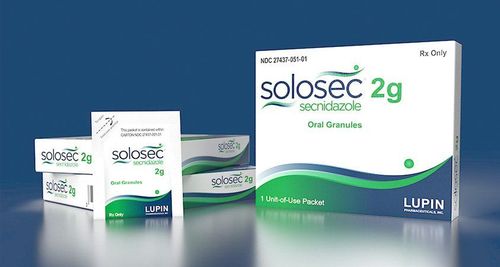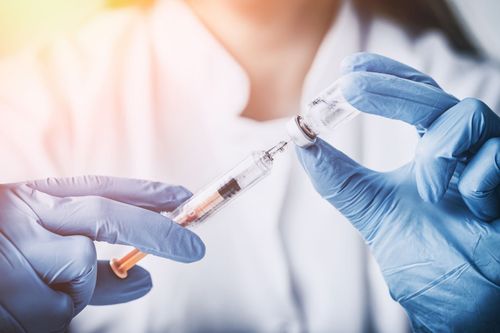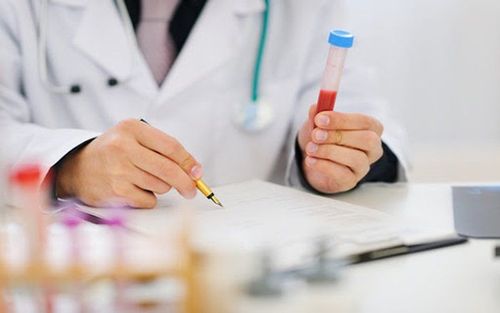This is an automatically translated article.
Posted by Doctor of Laboratory - Vinmec Central Park International General Hospital
The identification test should only be performed when the bacteria are grown individually in clusters or in homogenous cultures. Single or homogenous clumps are plates containing only one type of bacteria and arising from a single cell. Aseptic technique must be used in inoculating and maintaining a pure culture of bacteria.
1. Bacterial identification
Bacteria are identified based on simple chemical reaction and characterization. Preliminary identification of many medically important bacteria can be based on a few simple characteristics of the bacteria:
Gram reaction. Cell morphology, e.g. Spherical or rod and bacterial arrangement (Pairs or chains) The ability to grow under aerobic or anaerobic conditions. Growth requirements: Easy or difficult to grow. Further identification is based on chemical reaction properties such as:
The ability to produce enzymes can be detected by simple tests, e.g. coagulase, catalase, oxidase, lecithinase. Possibility from oxidizing sugar metabolism or fermentation (eg Hugh and Liefson oxidation test/fermentation). The ability to use glucose, lactose, and sucrose for growth This test can be done alone, for example sugary liquid media or commercially available kits that allow testing to a different extent. can be updated on each bacteria at the same time.
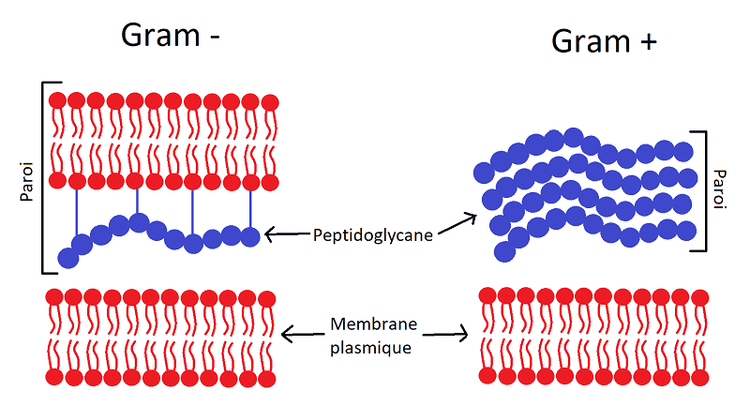
Cấu trúc lớp vách khác nhau giữa các vi khuẩn Gram dương và Gram âm trong định danh vi khuẩn
2. Antibiotic susceptibility can be detected only after the bacteria have been isolated in a homogenization culture
The antibiotic susceptibility of bacteria can often be tested by placing an antibiotic plate impregnated with the appropriate concentration of antibiotic. Incubated overnight, bacteria grow and multiply; The antibiotic diffuses from the disc to the surrounding and inhibits growth around the disc. Because after culturing the bacteria from the specimen overnight incubation is required before the results of antibiotic susceptibility are returned.
3. Identify the fungus by its colony characteristics and its shape
Fungi are identified from homogenous colonies or cultures based primarily on the properties of the colonies such as the color and shape of individual cells observed under the microscope. Substrate anabolic assays) can be used for detailed identification of medically important yeasts. The growth of fungi is generally slower than that of bacteria and final identification can take up to 2 weeks.
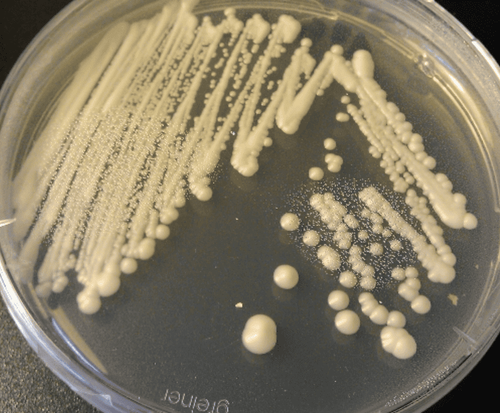
Nuôi cấy vi nấm men trên môi trường ChromaticTM Candida agar
4. Protozoa and helminths identified by direct observation
Many protozoa and parasites can be identified by direct observation of the specimen without the need for culture and thus results can be obtained within a day. The protozoa is identified on the basis of its morphological basis, different stages of the life cycle can be observed in different specimens from the same patient and different stages of the disease.
Helminths are recognized by the gross appearance of larvae such as Ascaris or Enterobius or by microscopic examination of specimens such as feces and urine.
5. Viruses are usually identified using serological testing
Viruses can be recognized by cytopathological action in the cultured cells and their morphology prepares for electron microscopy, but diagnosis is more often made by antigen to detect the virus or by test for the presence of specific antibodies in the patient's serum.





